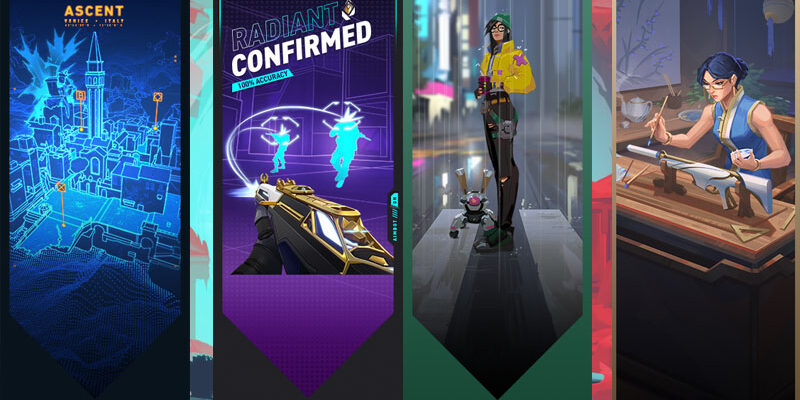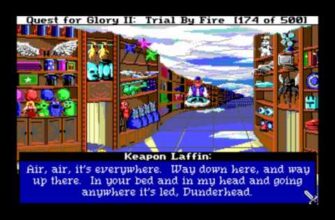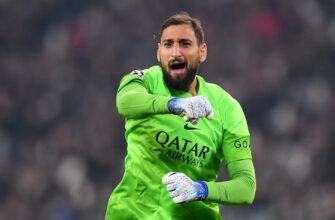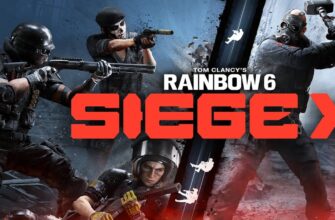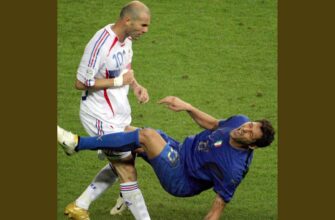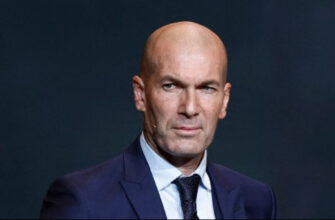The world of competitive VALORANT recently found itself in a familiar, yet perpetually frustrating, conundrum: a significant game update deployed just as a major tournament, the Game Changers Championship, loomed large. This scenario sparked considerable discussion within the community, prompting Leo Faria, the Global Head of VALORANT Esports, to address the concerns head-on. It`s a classic tale of two essential forces – game development and competitive esports – occasionally colliding with an unfortunate, albeit often necessary, impact.
A Timely Quandary, or an Unfortunate Inevitability?
The heart of the community`s frustration lay in the timing of patch 11.08. Introducing substantial changes right before a pinnacle event like Game Changers Championship naturally raises questions about competitive integrity and the fairness of preparation. When initial responses from Riot suggested the timing was merely “unfortunate,” it didn`t quite quell the rising tide of skepticism regarding the priority given to the women`s and marginalized genders` competitive circuit.
Faria`s subsequent clarification on social media aimed to bridge this communication gap, acknowledging the less-than-ideal circumstances. His explanation wasn`t an apology for poor planning, but rather a window into the intricate dance between game evolution and a tightly scheduled global esports ecosystem.
The Developer`s Dilemma: Keeping the Game Fresh
According to Faria, the current period represents a critical window for VALORANT`s development team. It`s the optimal time to roll out “meaningful updates” – changes substantial enough to genuinely refresh the game. This timing allows developers adequate opportunity to monitor the effects of these updates and fine-tune them before the next competitive season kicks off in January. One might even appreciate the methodical approach; after all, stagnation is the enemy of any live-service game.
The challenge, as Faria detailed, is that this year`s updates are notably more significant than those of previous years. Historically, smaller tweaks during this period caused less disruption. However, with event schedules for major tournaments locked in up to two years in advance – coordinating venues, travel, and logistics – shifting dates to accommodate a larger patch simply wasn`t a viable option. It seems the global esports calendar, once set, is as immutable as a decree carved in stone.
The Pro Player`s Predicament: Adapt or Perish
A common suggestion from the community was to simply play the Game Changers Championship on the older patch. A seemingly logical solution, yet one fraught with its own set of complications. Faria confirmed this option was indeed thoroughly discussed. The primary roadblock? Meaningful practice.
Forcing teams onto an outdated patch would sever their training from the live game environment, making scrims and practice sessions less relevant. Professional players, ever keen to gain an edge, also had divided opinions; some preferred the stability of the older patch, while others saw the rapid adaptation to a new meta as a testament to their skill and a potential competitive advantage. In the absence of a clear consensus, Riot opted for the path that aligned with maintaining a continuous, relevant practice environment. It`s a stark reminder that what appears simple from the sidelines is often a Gordian knot for those orchestrating the event.
Looking Ahead: A Strategic Reshuffle for 2026
Riot Games, however, is not content with merely navigating these periodic clashes. Proactive changes are already in motion for the 2026 VALORANT esports circuit, specifically aimed at preventing similar scenarios. The most significant structural shift involves the removal of Ascension tournaments. This means Challengers teams will now have a direct pathway to qualify for the VCT Stage 2 Playoffs.
Crucially, the time freed up by the absence of Ascension events will be reallocated. This will allow the Game Changers Championship to be scheduled earlier in the year, bringing it closer to the main VALORANT Champions event. The strategic intent is clear: to ensure Game Changers competitors won`t face sudden, major meta shifts right before their biggest tournament of the season, preserving the competitive integrity that all high-stakes esports demand.
The Balancing Act Continues
The recent patch controversy serves as a valuable case study in the inherent tensions of modern esports. Maintaining a vibrant, evolving game necessitates regular updates. Ensuring fair, high-level competition demands stable, predictable conditions. Riot Games` response, while initially causing ripples, has ultimately laid bare the complexities involved and offered a tangible path forward. While perfect timing may remain an elusive ideal, the commitment to refining the competitive calendar suggests a future where these critical components of VALORANT esports can coexist with greater harmony.

